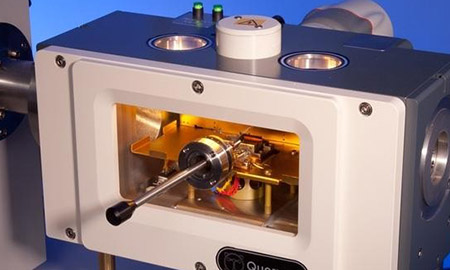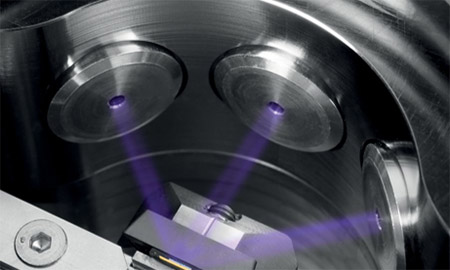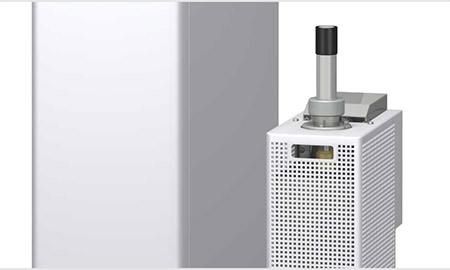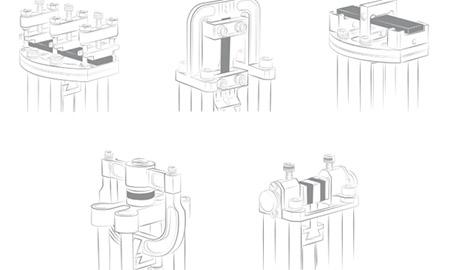CarlBerk offers a full spectrum of characterization and testing services through our in-house laboratory and collaborative partner labs. Typical analytical techniques we employ to support our analytical service include:
| Chemical Characterization | Physical Characterization | Microscopy | Electrical Characterization |
|---|---|---|---|
| FTIR | DSC | Optical Microscopy | I-V Curve |
| Raman Spectroscope | TGA | 2D X-ray | EIS |
| EDS | TMA | 3D CT Microscope | OBIRCH |
| XPS | DMA | SEM | Thermo IR |
| TOF-SIMS | Rheology | Cross-section Polishing | EMMI |
| GC-MS | XRD | Dual-beam FIB/SEM | TLP |
| ICP-MS/OES | C-SAM | EBSD | SIR |
| Titrator | Mechanical Test | TEM/STEM | SQUID |
Besides these basic tools, CarlBerk team also develops innovative solutions and packages of proprietary analysis protocols through collaboration with research institute and instrument manufacturers, allowing us to perform customized analysis that is not otherwise commercially available.
Feature Techniques

Modulated Differential Scanning Calorimetry (MDSC)
MDSC superimposes an oscillation upon a linear temperature ramp, which allows detection of subtle transitions that could otherwise well characterized by conventional DSC. For example, MDSC could deconvolute overlapping transitions and thus avoid signal interference from multiple transitions.
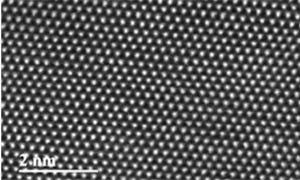
Aberration-corrected Analytical TEM
Aberration-corrected TEM is non-replaceable tools for material exploration and investigation at nanometer scale. Together with the integration of energy dispersive X-ray spectroscopy and electron energy loss spectroscopy, material structure and chemistry can be determined with atomic resolution.
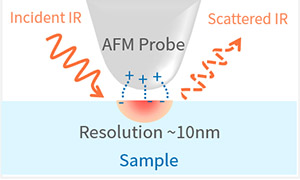
Fourier Transform IR Spectroscopy at Nanometer Scale (Nano-FTIR)
Nano-FTIR utilizes the scanning near-field optical microscopy and atomic force microscopy to produce localized light-matter interaction, allowing a much fine IR resolution (less than 10 nm). This technique is useful for precise chemical analysis of ultra-fine particulates and contaminants.
